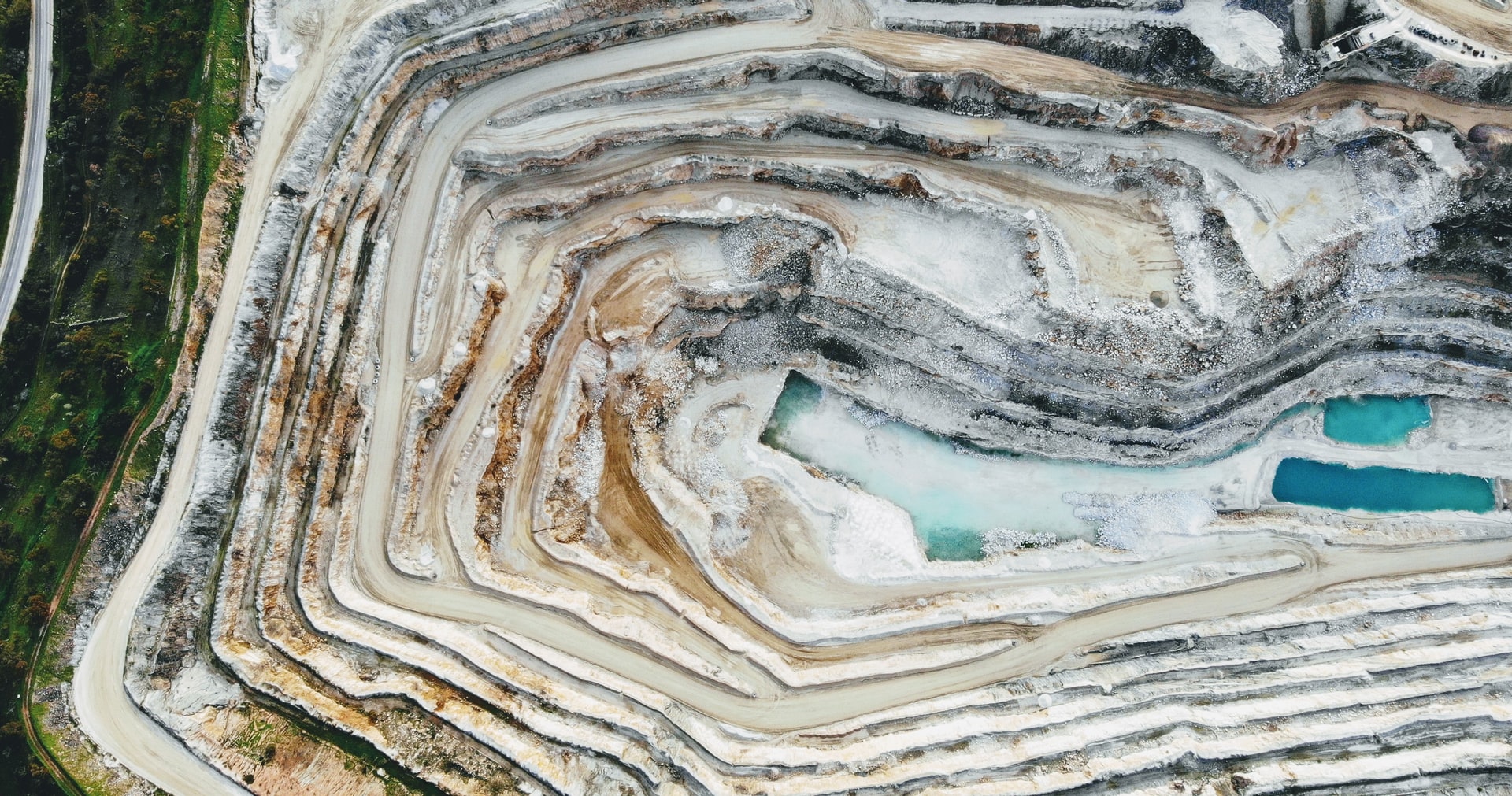Species protection needs rough pastures

Species protection needs rough pastures
Agriculture as a protector of species
Today we can no longer leave nature to its own devices, according to the thesis of Dr. Werner Kunz, retired professor at the University of Düsseldorf in Germany. Let nature take its course, encourage the successive takeover of individual areas by a lush flora - these measures follow a landscape aesthetic that has nothing to do with species protection. The animals that have been native to Central Europe since the Ice Age prefer steppe-like open landscapes and coppice forests, a landscape that is becoming increasingly rare. The solution: farmers and foresters could become the species conservationists of the future. They could be the ones who not only create habitats for species in the future, but also maintain them in a species-specific way.
Extreme conditions promote the diversity of flora and fauna
Biodiversity is dependent on extreme conditions. Habitats that deviate particularly strongly from widespread normal conditions have an enormous biotope development potential. This applies to soils that are either particularly wet, particularly dry, and/or particularly poor in nutrients. Due to today's intensive agricultural use, however, these soils with extreme environmental conditions are particularly endangered or have already disappeared and are therefore in need of protection. After all, not only is fertilizer applied everywhere - even in unfertilized locations there are nitrogen inputs from the air.
Exploitative agriculture as a protector of biodiversity
According to Kunz, however, nitrogen deficiency in particular is decisive for species richness. Many insect and bird species and a large part of the plant species of Central Europe are dependent on nutrient-deficient locations. Until about 200 years ago, these sites were created and maintained mainly by exploitative and extensive agriculture. Farmers kept nature in check and protected the landscape from grassing, scrub encroachment and deforestation, thus defending the habitats of a large part of the Central European fauna.
Today we find endangered species mainly where it is sparse and inhospitable
This connection is particularly evident today where non-natural areas in particular are becoming home to species that have become rare. Military sites, lignite or gravel mining areas sometimes contain half the red list. This is also indicated by the documented species loss in nature reserves. Kunz sees natural succession as the main cause of species decline here, i.e. the natural return of plants, fungi, and animals typical of the location (biocenosis).
Three-quarters of all native wild bee species nest in the ground and are therefore dependent on gaps in vegetation. Natural populations of sand bees need nutrient-poor grassland, steep slopes and quarries to survive. Most native wild herbaceous species grow on lean and dry soils. Especially species with weak competition find their place on lime-rich and nutrient-poor soils. So-called lean meadows are among the most species-rich meadow types of all. In contrast, only fast-growing grasses and flowers have a chance on so-called fat meadows due to their high nitrogen content.
Nature conservation through lean grasslands as an integral part of the cultural landscape
For Kunz one thing is clear: Habitats for rare species must be created artificially in the future if we want to stop the extinction. Nutrient-poor lean habitats must become part of cultivated areas - both in rural and urban regions.
As airborne fertilization cannot be stopped even in protected areas, it is necessary to simulate nutrient-poor areas by removing the topsoil. According to Schulz, the nutrient-poor areas must be given targeted care.
Agriculture as a protector of species - a model for the future
In order to protect the diversity of species, it will therefore become increasingly important in the future to integrate a substantial minimum proportion of such non-productive lean sites into the agricultural landscape. Farmers must be motivated by financial incentives to provide and maintain such areas for species protection, demands German Environment Minister Schulze.
Areas for insects and other animals outside agriculture must also be restored. After all, the area of all private gardens combined is as large as the sum of all nature reserves - not counting the urban green spaces. The potential is enormous.
It seems evident: neither the intensive care of lush green areas nor the uncultivated overgrowth of fallow land is conducive to species protection. An integrative concept is needed that involves cities and communities, agriculture and private individuals.
More knowledge, ideas and positions on future-proof agriculture can be found in our blog.

